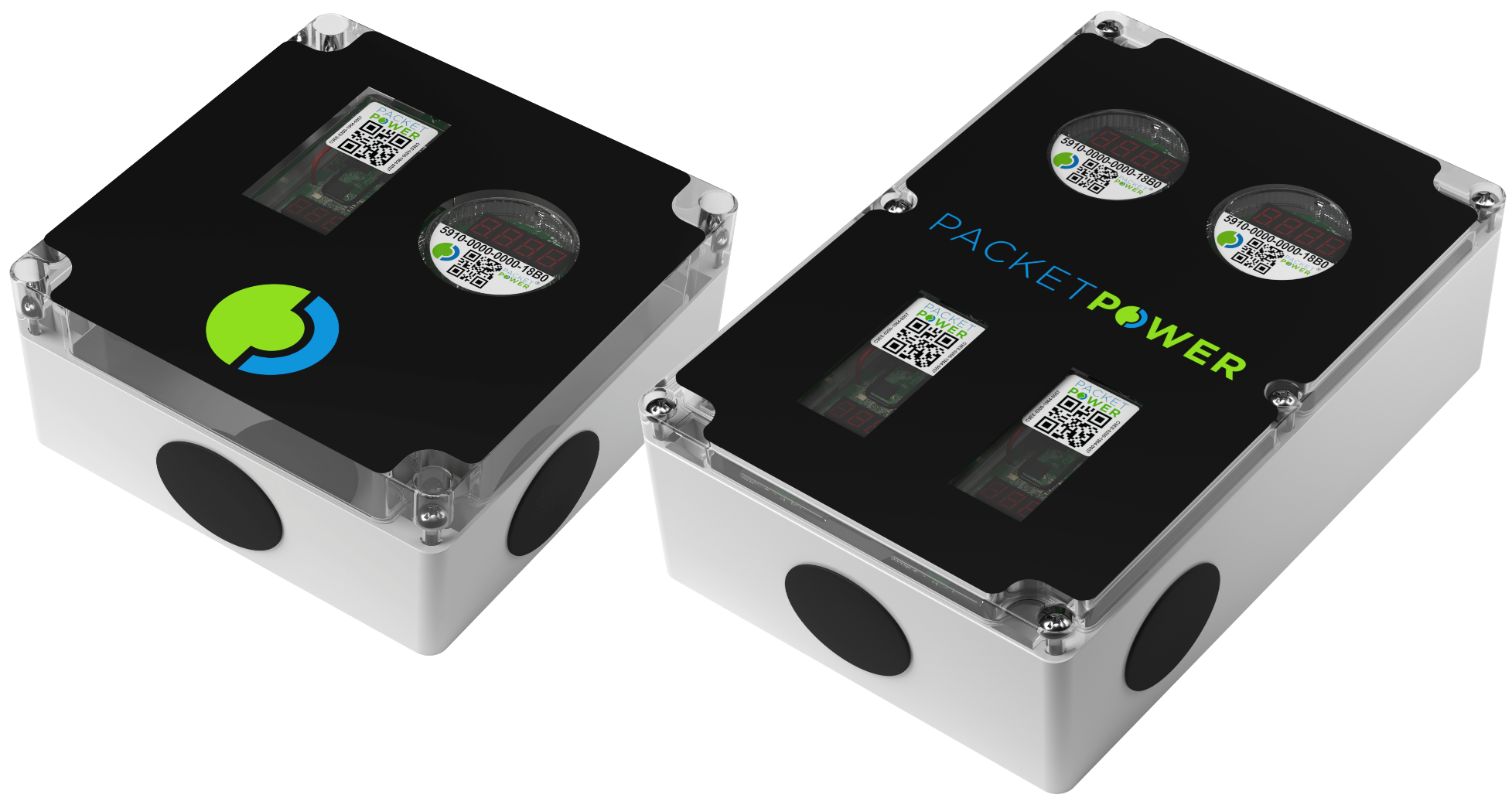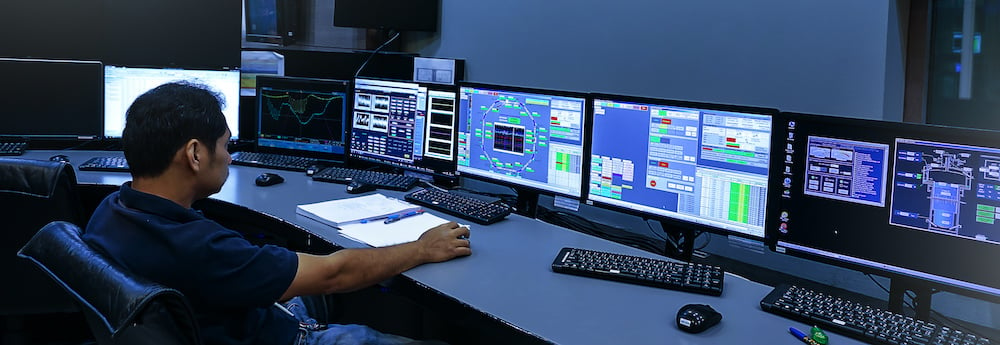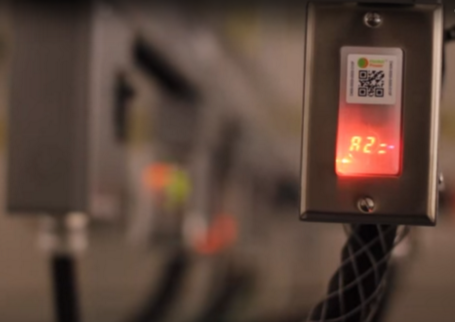Packet Power Launches New Compact Wireless Multi-Circuit Monitors
The new monitors offer an easy way to add monitoring to some or all of the circuits on switchgear, panelboards, HVAC units, generators and other...

There are countless reasons for monitoring power in data centers. We've outlined some of the most common applications and the resulting benefits. Often the determining factor in deciding to install power monitoring is the initial capital cost. Lower cost monitoring solutions coupled with measurable returns help justify the investment.
Load shedding / Demand alerts
With many power grids experiencing capacity during peak periods, utility companies often provide incentives for shedding power or staying below a threshold during peak periods. Conversely, they may also add severe cost penalties for exceeding demand thresholds during these periods. The addition of submetering for energy-intensive devices that may be discretionary, such as HVAC systems, allows building management systems to preemptively manage the loads before they exceed utility company thresholds. Demand management can often save larger customers hundreds of thousands of dollars every year.
Infrastructure planning and optimization
Most large buildings have a single utility meter and hundreds of branch circuits. Adding monitoring to the main distribution circuits provides information on the capacity of each circuit. This information is critical in environments like data centers to identify the capacity of each circuit to facilitate infrastructure planning as well as optimize the use of existing power distribution equipment.
Tenant submetering
Tenant submetering is one of the fastest growing segments of the power monitoring market. The information is used to allocate energy usage expenses and related costs to each user. In large campuses, building managers may want to assign energy usage costs by department. In commercial applications, tenants often have energy usage sub-clauses in their leases requiring the addition of submetering. In colocation data centers, submetering is very common for allocating costs to tenants.
Learn more about cost allocation.
PUE measurement
Many data centers still may not have effective PUE measurements. Depending on the architecture of the power distribution, adding as few as three meters into a data center can deliver accurate PUE measurement. This measurement allows facility managers to make subtle changes to mechanical equipment or temperature settings and receive instant feedback. The addition of power monitoring to calculate PUE can be one of the fastest and easiest ways to improve data center efficiency.
Efficiency verification
Having power monitoring in place prior to implementing energy efficiency initiatives is critical to demonstrating the effectiveness of the initiative. Pre- and post-installation measurements are generally required to qualify for utility rebates. And most organizations require benefit validation of capital expenditures.
Performance optimization
In facilities with many mechanical devices such as pumps, motors and compressors used in HVAC and other commercial applications, there is a non-linear relationship between how much energy a device uses and how efficiently the device functions. Combining power monitoring with a metric of the device's output (i.e. gallons per minute on a pump) enables optimizing the performance of energy-intensive equipment.
Understanding and managing energy usage
Facility managers typically get an aggregate bill for their building or campus energy usage. Submetering at the switchgear level provides visibility to energy usage by device. This can inform decisions such as where to invest in energy efficiency upgrades or curtailing lighting loads.
Panelboard optimization
Getting the most capacity out of a panelboard requires knowing the total draw of the current so the main breaker doesn't trip. Branch breakers also need to be monitored to spot capacity issues, balance loads and detect anomalies before they become real problems. This is especially important in data centers.
Preemptive alerts for equipment issues
Adding submetering monitoring provides a benchmark to power quality readings or "signatures". When equipment is failing or about to fail it often will be identified by changes in the power signature. For example:
Most power monitoring solutions enable real-time alerts when equipment readings fall outside set parameters.
Making the case for power monitoring
There are many practical reasons to add power monitoring to your facility. Packet Power's cost effective wireless monitoring solutions help make the case for an investment that delivers returns many times over the cost of the meter and payback often in a few months.

The new monitors offer an easy way to add monitoring to some or all of the circuits on switchgear, panelboards, HVAC units, generators and other...

Critical facilities like data centers require a power infrastructure that is energy-efficient and cost-efficient but, above all, reliable. Downtime...

Packet Power uses the local LED display on our newer meters to show more than just amps by phase. That's good, but it can get a little cryptic. Is...